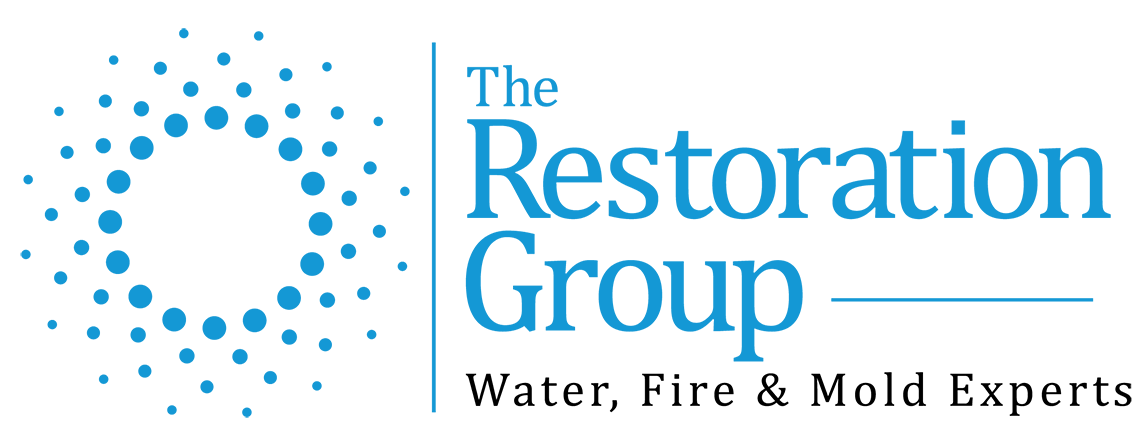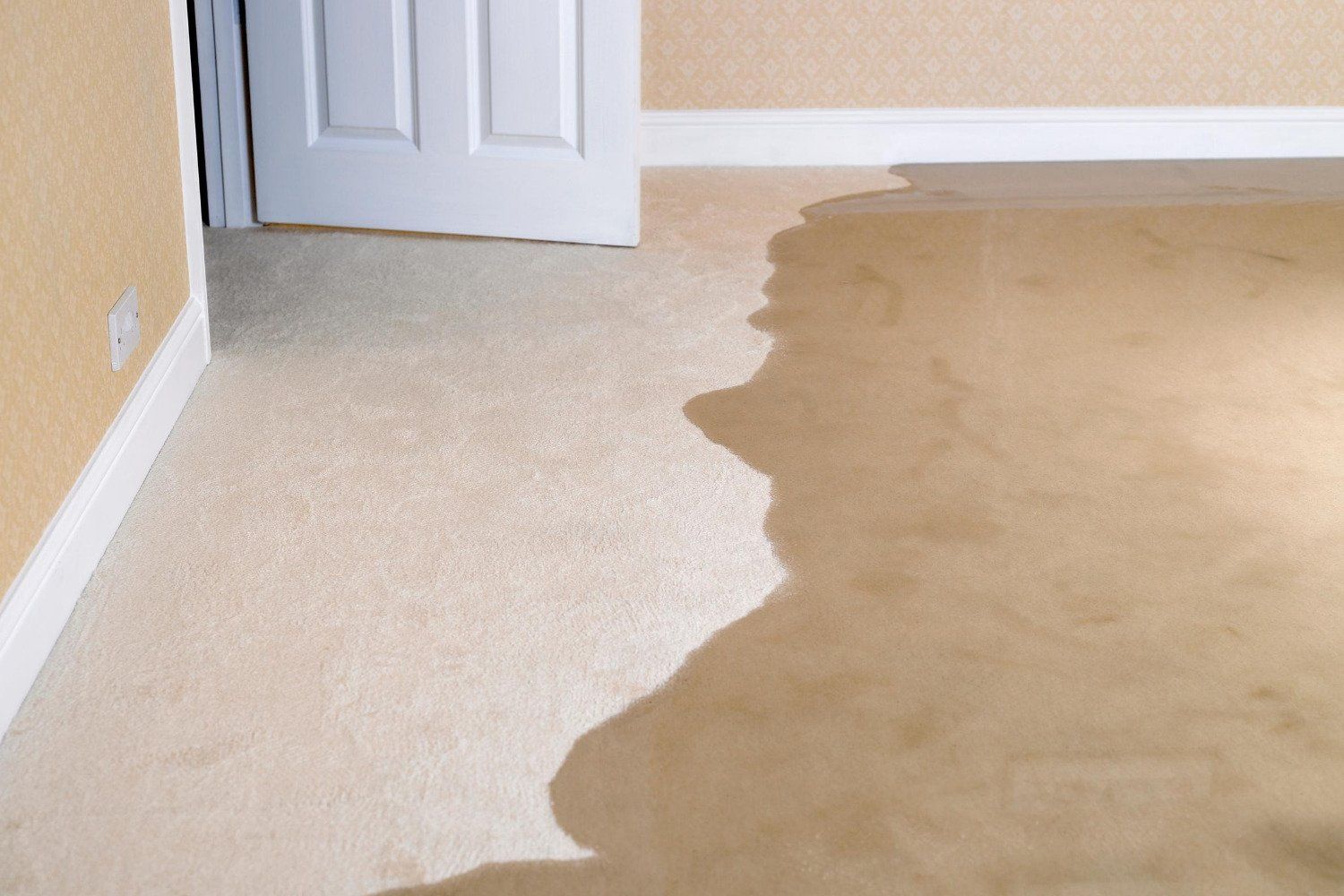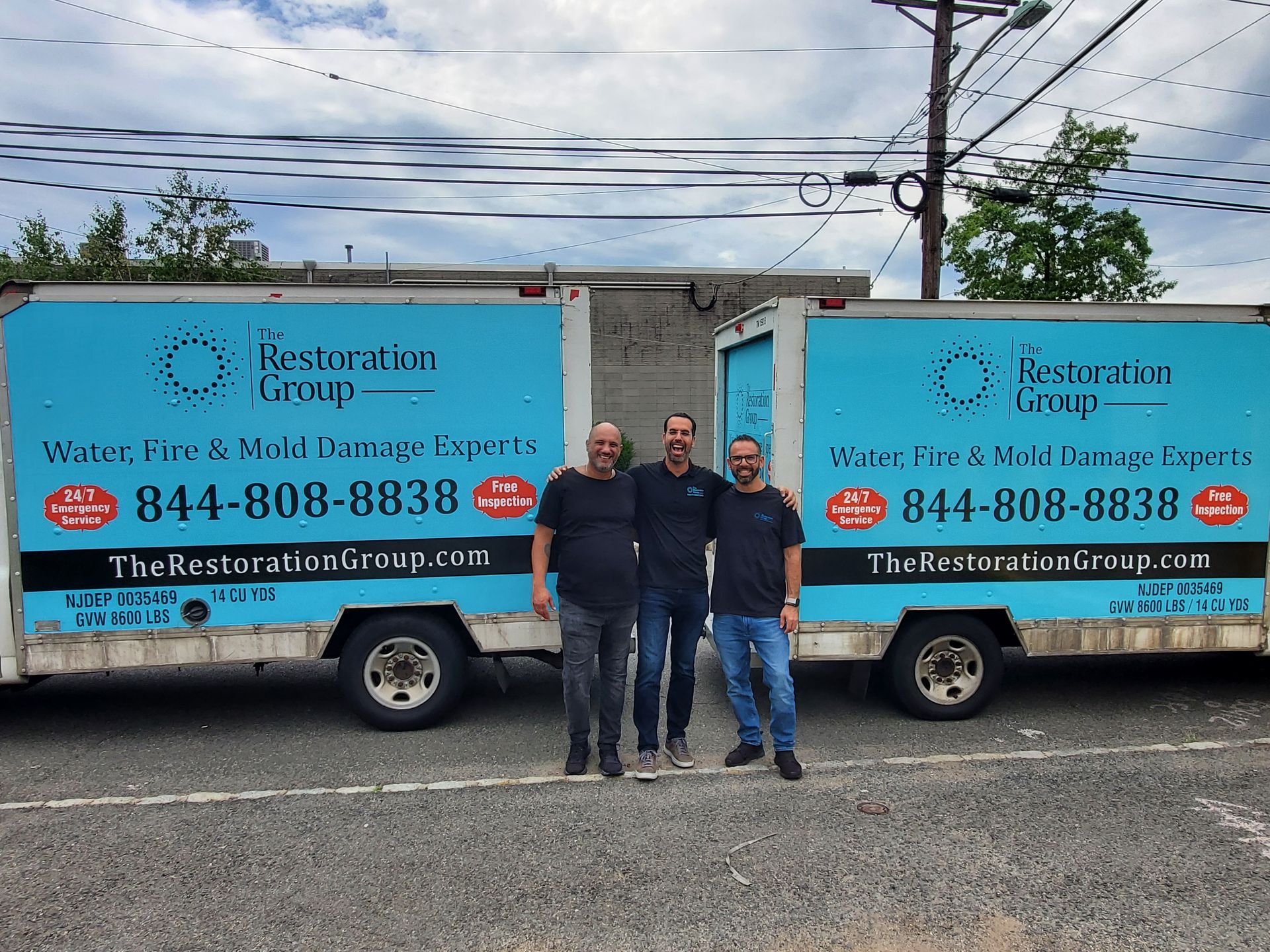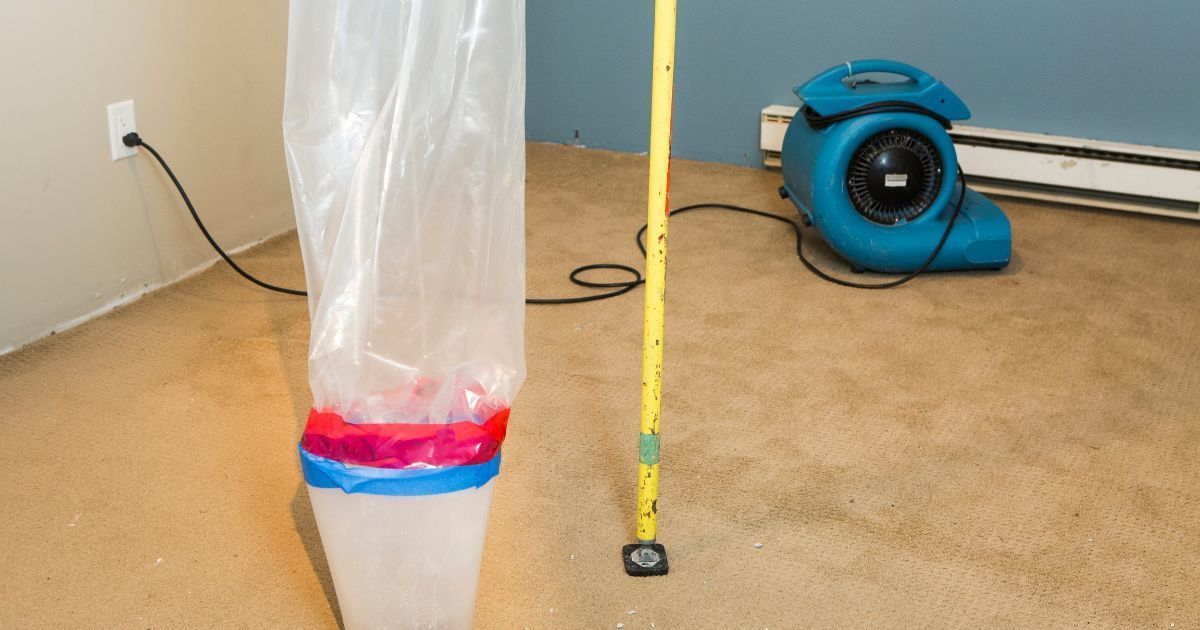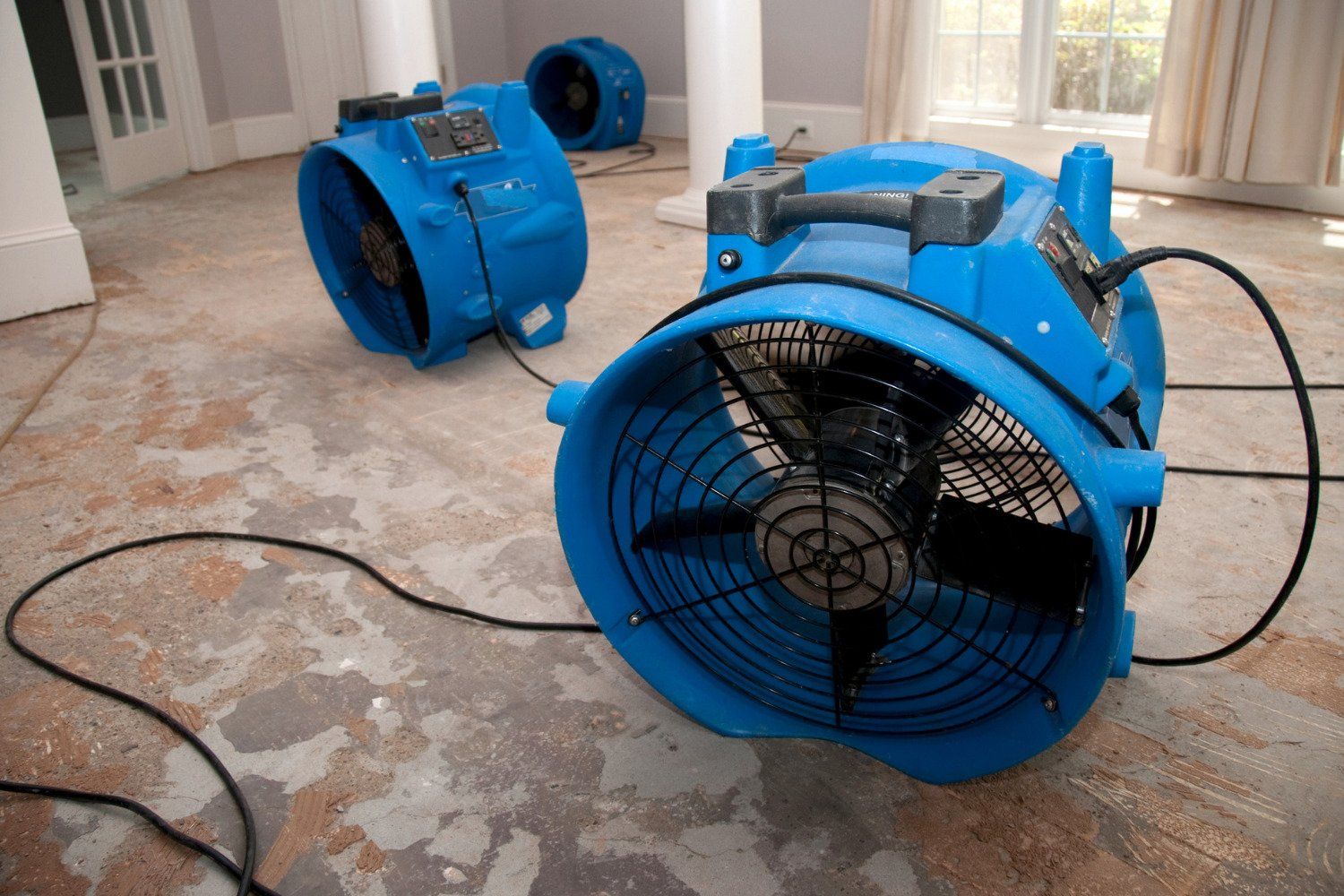
If your New Jersey home or business has suffered water damage as a result of a storm or flooding, it's critical to understand the steps of proper water mitigation. Water damage in your home can be especially devastating, not only because of the property damage, but also because of the risk of hazardous mold growth if the affected area is not properly dried or cleaned. Water damage should be addressed as soon as possible so that the damage can be mitigated and the building can be restored to its pre-damage state.
Water mitigation is an essential part of the
water damage restoration process, and any water damage restoration company you find should provide it to deal with any standing water in your home or business. This is why, if your home or business is ever affected by a flood and requires water restoration services, you should contact a professional water mitigation restoration company like The Restoration Group in New Jersey.
What to Do Before Getting Started
Before you begin the water mitigation process, it is critical that you take the necessary precautions to ensure your safety and the project's success. Water damage mitigation is a large part of the water damage restoration project, and water mitigation and restoration must be done correctly in order to be effective. Before you begin, you should do the following:
1) Make sure it’s safe:
After a storm, it may take several days before it is safe to re-enter a home. Before you begin repairing the water damage for the water mitigation and restoration process, make sure that all power and gas are turned off in the flooded area.
2) Check for structural integrity:
Floods can erode your home's foundation, resulting in costly structural damage. Make a note of any cracks or weaknesses that have appeared so that water restoration services can repair them.
3) Check for mold growth
Mold spores can be both irritating and dangerous, posing health risks. Mold growth is common after flooding due to the presence of water, so make a note of where mold may be growing.
4) Photograph the damage
In order to provide your insurance company with proper documentation for both before and after the damage is repaired, you'll need to have all of the water damage documented after the water mitigation process has been completed.
5) Wear protective gear
Water that is contaminated with hazardous debris or disease can be dangerous. Before you begin the water damage restoration process, it is critical that you protect yourself by donning protective gear such as rubber boots, goggles, and rubber gloves.
Following the completion of all necessary precautions, you can begin the water mitigation process. In the case of larger water damage restoration projects, it may be a good idea to hire a company that provides professional water damage restoration services, such as The Restoration Group, to assist you. Keep in mind that safety should always come first, and that if the scale becomes too much to handle, you should call a professional.
The Steps of Water Mitigation:
When dealing with standing water and providing water damage restoration services, water mitigation companies usually follow a set procedure. It is critical that you become acquainted with the water mitigation and water restoration services that a company may provide, as well as how you can implement some of these water restoration techniques in your home or building. A water damage restoration company will have the expertise to assist you in implementing water mitigation and water restoration for any size water damage restoration project.
1: Dry it out
Water mitigation can begin only after all water has been removed from the affected area. In many cases, professional equipment such as vacuums, industrial fans, and dehumidifiers may be required to completely mitigate the water and begin the water damage restoration process. Water damage restoration can then begin once all of the damaged water has dried out and is ready for water damage restoration. This is also critical for preventing mold growth, as mold requires moisture to thrive. Increasing the amount of ventilation in the area by opening windows can aid in the drying process. This is one of the most critical steps in the water damage restoration process because it paves the way for a company to perform water mitigation.
2: Thoroughly inspect the damage
You must determine precisely which areas have been flooded and what water damage must be repaired. This can include inspecting home structures such as the roofing and plumbing. Wear protective clothing at all times, both before and during the water mitigation and restoration processes.
3: Disinfect
Once everything is completely dry and free of water, you must ensure that every surface and item affected by water damage has been thoroughly cleaned and disinfected to prevent mold growth. Water mitigation entails halting the progression of water damage by not only removing the water but also preventing the consequences through thorough cleaning and disinfection of water-damaged furniture, floors, and walls.
4: Call a Professional Water Mitigation Company
At the end of the day, hiring professional water mitigation services is the best way to ensure that all of these steps in the water damage restoration process are completed safely and correctly. The Restoration Group is a
water mitigation company that serves New Jersey. We offer professional, 24-hour water damage restoration services that are guaranteed to restore your home or business to pre-disaster condition and mitigate all water damage. Remember that water damage restoration is best done when the damage is fresh so that it has a better chance of being mitigated. Get a free estimate and learn how to protect your home from water and flood damage!
Contact The Restoration Group at (973) 355-6966.
More To Explore
24/7 Emergency Damage Restoration Services
GET A FREE QUOTE TODAY
We are IICRC certified and hire only the most trustworthy and dedicated team members to ensure that each job is taken seriously and handled with absolute professionalism.
